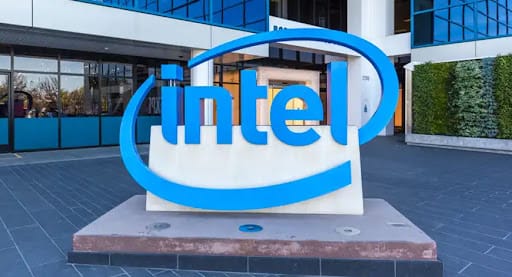Intel's $7.86 Billion U.S. Subsidy Deal Imposes Restrictions on Sale of Its Chipmaking Unit
Intel secures a $7.86 billion subsidy to boost U.S. chip manufacturing but faces key restrictions on selling stakes in its Intel Foundry unit. Find out how this deal impacts Intel’s plans for growth and independence.

In a move to bolster U.S. chip manufacturing, Intel has secured a significant $7.86 billion subsidy from the U.S. government, part of a larger $39 billion initiative aimed at revitalizing the U.S. semiconductor industry. However, this deal comes with some notable restrictions that could affect Intel’s strategic decisions in the future.
One of the key stipulations is that if Intel separates its chip manufacturing operations into a subsidiary—Intel Foundry—it must maintain majority control, owning at least 50.1% of the unit. Intel had previously announced plans to spin off its foundry business as a separate entity, potentially opening the door to external investors. This subsidy now places limitations on those plans, particularly if Intel Foundry becomes a public company.
Should Intel Foundry go public, Intel’s stake in the company must remain dominant. The company can only sell up to 35% of Intel Foundry to any single investor without triggering change-in-control clauses that would require approval from the U.S. Department of Commerce.
This deal is crucial for Intel, as it supports $90 billion in projects across several U.S. states, including Arizona, New Mexico, Ohio, and Oregon. These projects are vital to Intel’s push to maintain its leadership in manufacturing cutting-edge chips within the U.S. The subsidy is a part of the government’s broader effort to reduce dependency on overseas semiconductor manufacturing and reinvigorate domestic production.
Intel has not yet responded to inquiries regarding these restrictions, but the implications of these provisions are clear: any substantial changes in Intel Foundry’s control would require explicit permission from the U.S. Department of Commerce. This highlights the government’s commitment to ensuring that key sectors of the tech industry remain aligned with national interests.


